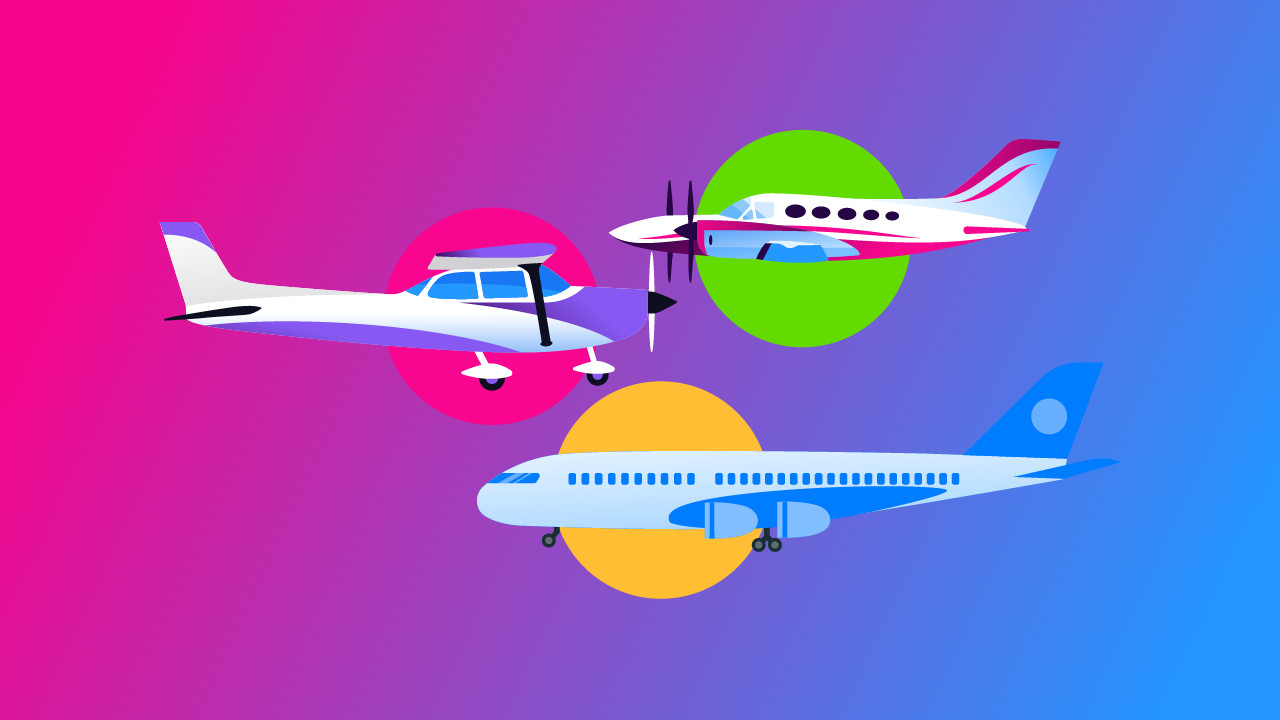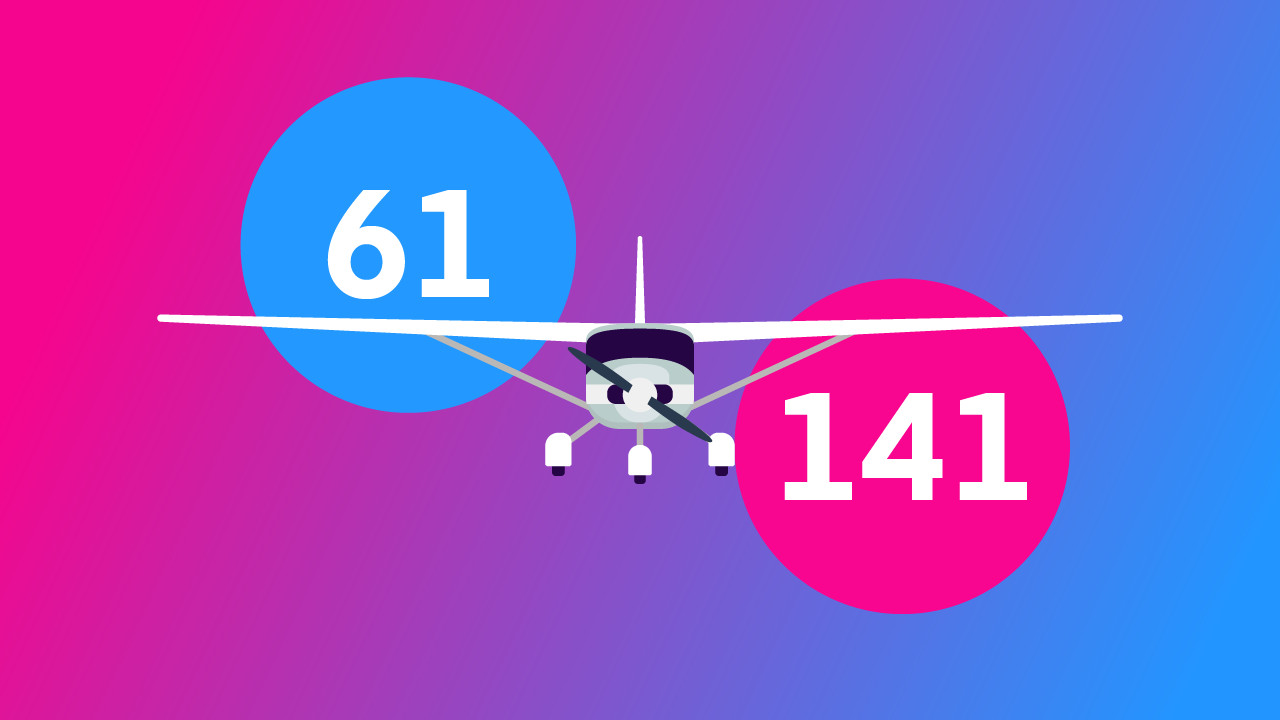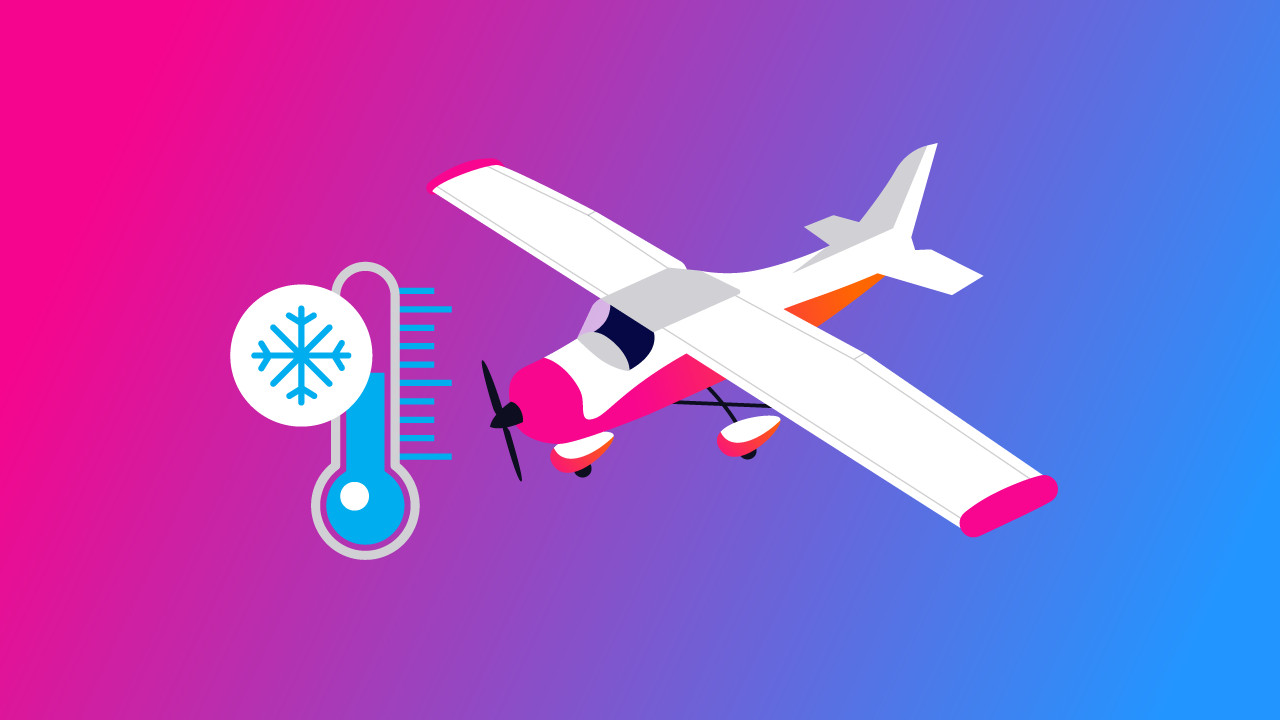-
Key Takeaways
-
What Is the Difference Between Category, Class, and Type?
-
What Is an Aircraft Category?
- Airplane
- Glider
- Rotorcraft
- Lighter-Than-Air
- Powered Lift
- Powered Parachute
- Weight-Shift Control
- Rocket
-
What Is an Aircraft Class?
-
All Aircraft Categories and Classes
-
What Is an Aircraft Type?
-
All Definitions of “Category”
- Aircraft Certification Category
- Aircraft Approach Category
-
Conclusion
Understanding the difference between a category, class, and type of aircraft can be confusing, especially for those new to the aviation industry. This article will break down these terms and explain the criteria used to distinguish one from the other.
By the end of this article, you’ll have a clear understanding of what sets a category, class, and type of aircraft apart and why it is vital to know the difference.
Whether you are an aspiring pilot, an aviation enthusiast, or simply curious about the subject, this article is for you. So sit back, grab a cup of coffee, and let’s dive into the world of aircraft certification!
Key Takeaways
- Category is the broadest grouping based on aircraft use, like airplane, glider, or rotorcraft.
- Class narrows it down by design, like single-engine land or multi-engine sea.
- Type refers to a specific make and model, like a Boeing 737, requiring a type rating in some cases.
- “Category” also has different meanings in pilot certification, aircraft certification, and instrument approaches.
What Is the Difference Between Category, Class, and Type?
A quick note before we begin: There are three different definitions of category based on the pilot, the aircraft, or an instrument approach. We cover all three later in this article, but we’ll begin by covering the definitions regarding pilot certification.
Here’s a quick summary:

- Category: The broadest classification of aircraft based on their intended use and operating environment, such as airplane, glider, or helicopter (rotorcraft).
- Class: A more specific division within a category based on design and performance characteristics, such as single-engine or multi-engine.
- Type: A type of aircraft refers to a specific make and model of an aircraft, such as the Boeing 737 or Airbus A320. To fly an aircraft that weighs more than 12,500 pounds or a jet (regardless of weight), pilots require a “type rating.”
What Is an Aircraft Category?
An aircraft category refers to the broadest classification of aircraft based on their intended use and operating environment. It is a general grouping of aircraft with similar characteristics and intended uses.
The Federal Aviation Administration (FAA) and other aviation organizations around the world use categories to broadly classify aircraft.
Let’s investigate and define the various aircraft categories.
Airplane
An airplane is an engine-driven, fixed-wing, heavier-than-air aircraft that achieves flight through the reaction between the air and its wings.
Glider
This category includes aircraft that are designed to fly without an engine and rely on natural air currents for lift through the reaction between the air and the wing.
Rotorcraft
This category includes aircraft that use rotating blades to generate lift, such as helicopters or gyroplanes.
Lighter-Than-Air
This category includes aircraft that can hover and stay in the air by utilizing a lighter-than-air gas that is contained within it, such as airships or balloons.
Powered Lift

An aircraft under the powered lift category, such as the Bell Boeing V-22 Osprey, is capable of vertical takeoff, landing, and low-speed flight. An aircraft in this category depends on engine-driven devices (e.g., propellers) or thrust (i.e., a jet engine) for lift at low speed but non-rotating surfaces (i.e., wings) at higher speeds.
Powered Parachute
A powered parachute is precisely what it sounds like; A person hanging from a parachute with an engine and propeller behind them.
The technical definition is a powered aircraft composed of a flexible wing connected to a fuselage, where the wing is not in position for flight until the aircraft is in motion.
Weight-Shift Control

Weight-shift control is a category of powered aircraft, such as an ultralight trike, with a pivoting wing and fuselage that is only controllable in pitch and roll through the change of the center of gravity (i.e., no control surfaces).
Rocket
A rocket is an aircraft propelled by expanding gases generated by an engine using self-contained propellants (i.e., rocket fuel) and not dependent on the intake of outside substances (such as air).
You probably won’t need to list a rocket on your private certificate anytime soon, but a rocket is considered a category of aircraft regardless.
What Is an Aircraft Class?
An aircraft class refers to a more specific division within a category based on design and performance characteristics.
It is a sub-grouping of aircraft within a category with similar design and operational characteristics. The FAA and other aviation organizations use classes to further categorize aircraft within a broader category.
For example, within the airplane category, there are four classes of airplanes, such as:
- Single-Engine Land
- Single-Engine Sea
- Multi-Engine Land
- Multi-Engine Sea
All Aircraft Categories and Classes
Here is a list of all the aircraft categories and their associated classes, as defined by the FAA:
- Airplane
- Single-Engine Land
- Single-Engine Sea
- Multi-Engine Land
- Multi-Engine Sea
- Glider
- None
- Rotorcraft
- Helicopter
- Gyroplane
- Lighter-Than-Air
- Airship
- Balloon
- Powered Lift
- None
- Powered Parachute
- Powered Parachute Land
- Powered Parachute Sea
- Weight-Shift Control
- Weight-Shift Control Land
- Weight-Shift Control Sea
- Rocket
- None
What Is an Aircraft Type?
An aircraft type with respect to pilot certification refers to a specific make and model of an aircraft, such as the Boeing 737 or Airbus A320, with a unique design, configuration, and capabilities.
The FAA and other aviation organizations use type definitions to identify the specific qualifications and certifications required for a pilot to operate a particular aircraft type.
To fly an aircraft that weighs more than 12,500 pounds or a jet (regardless of weight), pilots require a “type rating.”
A type rating is an endorsement added to a pilot’s license that certifies that the pilot has completed the required training and has the necessary qualifications to operate a specific aircraft type.
A type rating may include different models of aircraft where the differences are not large enough to change its handling or flight characteristics significantly. For example, the Beechcraft 1900 series has two variants, the 1900D, and 1900C, which both fall under one type rating.
Here is a list of all the aircraft that have type designations.
All Definitions of “Category”
The term “aircraft category” has various meanings, depending on the context. Bear with me; I’ll make it easy.
Aircraft category may refer to three types of categories:
- Aircraft category concerning pilot certification (which we have been referring to thus far). For example, airplanes, gliders, rotorcraft, etc.
- Aircraft category with respect to aircraft certification. For example, normal, utility, transport, aerobatics, etc.
- The aircraft approach category concerning instrument approaches is determined by Vref (which is 1.3 times the stalling speed in the landing configuration). These categories include A, B, C, D, and E.
We’ve already examined the aircraft category definition for pilot certification, so let’s look at the other two.
Aircraft Certification Category
Aircraft certification categories are used to group aircraft by size and capability.
Here are the Aircraft Certification categories as defined by the FAA:
- Standard Airworthiness Certification Categories:
- Aerobatic: An aircraft capable of performing aerobatic flight with limited restrictions, with a maximum of 9 seats plus the pilot and a weight limit of 12,500 pounds.
- Commuter: A multi-engine propeller aircraft for transporting up to 19 passengers, with a weight limit under 19,000 pounds.
- Normal: An aircraft not approved for aerobatic flight, with a capacity of 9 or fewer passengers and a maximum takeoff weight of 12,500 pounds.
- Transport: An aircraft with varying seating and weight criteria based on engine type, with jet engine transports rated for more than 10 seats and over 12,500 pounds and piston engine transports capable of carrying up to 19 people and weighing more than 19,000 pounds.
- Utility: An aircraft with a maximum of 9 passenger seats plus pilot seats, weighing up to 12,500 pounds, and authorized for limited aerobatic maneuvers.
- Special Airworthiness Certification Categories:
- Experimental: A category covering a wide range of aircraft, including kit-built, amateur-built, unmanned, light sport, research and development, and air racing projects.
- Light Sport (LSA): A category for sport aircraft that do not fall under gyroplane, kit-built, or ultralight categories.
- Limited: A category for military aircraft modified or converted for civilian use.
- Primary: A category for aircraft manufactured with a production certificate and intended for personal use. The carrying of persons or property for hire is generally prohibited for this category.
- Provisional: A category for aircraft certified for a limited duration, with Class I certifications valid for 24 months and Class II for 12 months.
- Restricted: A category for aircraft built for specific purposes, such as agriculture, conservation, surveying, weather control, or advertising, and can only be used for their designated purpose.
You may have come across the “Normal” and “Utility” category definitions when calculating an aircraft’s weight and balance. In some cases, an aircraft will fall into either the “Normal” or “Utility” category depending on the weight and balance for a particular flight.
Aircraft Approach Category
An aircraft approach category refers to a grouping of aircraft based on their landing and takeoff performance capabilities.
An aircraft’s approach category is determined by Vref (which is 1.3 times the stalling speed in the landing configuration). These categories include A (the slowest), B, C, D, and E (the fastest).
The FAA Terminal Instrument Procedures (TERPS) use the following Vref speeds to determine the aircraft approach category:
- Category A: Speed 90 knots or less. (E.g., Small Single-Engine)
- Category B: Between 91 and 120 knots. (E.g., Small Multi-Engine)
- Category C: Between 121 and 140 knots. (E.g., Airliner)
- Category D: Between 141 knots and 165 knots. (E.g., Large Airliner or Military Jet)
- Category E: Speed 166 knots or more. (E.g., Military Aircraft)
Approach designers use the approach category to ensure obstacle clearance requirements are met for each instrument approach.
For example, an aircraft in Category A (the slowest category) can make tighter turns and has more time to perform a maneuver. In contrast, Category D aircraft are less maneuverable and have less time to perform maneuvers. Therefore, approach designers will design the approach based on the fastest category approved for the approach and place limitations on each category, with category A being the least restrictive.

It’s important to note that the approach category is not related to an aircraft’s size, weight, or type but rather its performance capabilities.
As a result, two aircraft of different types and sizes can have the same approach category.
Additionally, if the crew decides to execute the approach at a higher speed, the appropriate approach category limitations relating to speed will apply.
Conclusion
Understanding the differences between aircraft categories, classes, and types is crucial for pilots and aviation professionals. These classifications provide a clear understanding of the different types of aircraft, their design, and their performance characteristics, which helps determine the appropriate pilot certification, aircraft certification, and instrument approach requirements.
Now that you’ve read this article, kiss the typical confusion regarding the difference between category, class, and type of aircraft goodbye!



